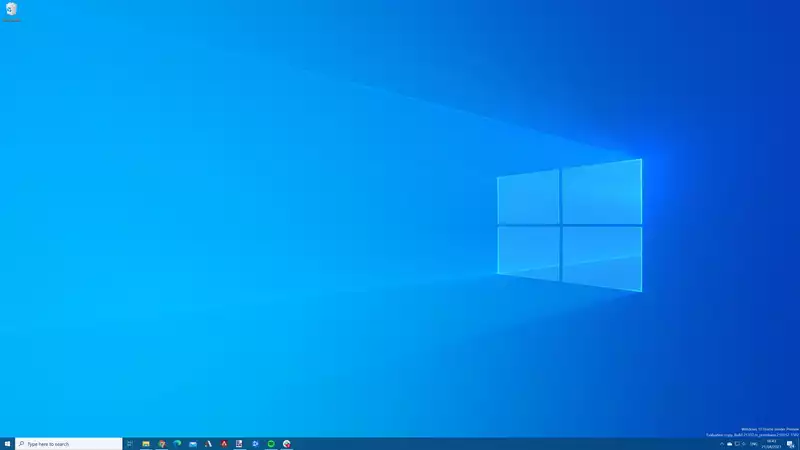Microsoft is excited about releasing Windows 11 within the next few months, but it has not completely turned its back on Windows 10. In a recent blog post, Microsoft announced new feature updates for Windows 10 and assured that it is "focused on supporting the more than 1.3 billion active devices per month" currently running the OS.
While it is inevitable that a significant portion of those devices will migrate to Windows 11 when it becomes available, not all of them will for a variety of reasons. Some current Windows 10 devices will not be upgraded to Windows 11 due to hardware requirements (especially if Microsoft adheres to the need for TPM 2.0), while others will not be upgraded for other reasons.
Even when Windows 10 was introduced, there were many who held on to Windows 7; reaching 1 billion Windows 10 devices took longer than Microsoft originally expected.
Those who intend to stick with Windows 10 will be happy to know that Windows 10 will not be an afterthought, at least initially. That is, if they take Microsoft's word for it and expect the 21H2 update to be released in the future.
"Windows continues to play an important role in the lives of people who work, learn, and have fun in hybrid and remote environments. Our goal is to help people and organizations stay protected and productive by delivering new features through a fast and reliable update experience. Version 21H2 continues the recent trend of feature updates being delivered in an optimized manner using servicing technology," Microsoft said.
The 21H2 update is not terribly exciting, other than what it represents (continued support); Microsoft has also announced Wi-Fi security improvements, easier deployment of Windows Hello on business machines, Windows Subsystem for Linux (WSL) and GPU computing support in Azure IoT Edge for Linux on Windows (EFLOW).
"Since this Windows 10 release is targeted for late 2021, the Home and Pro editions of version 21H2 will provide 18 months of service, while the Enterprise and Education editions will provide 30 months. In addition, the next version of the Windows 10 Long-Term Servicing Channel (LTSC), based on version 21H2, will be announced at the same time and will provide five years of servicing, as announced in February," Microsoft added.
The Windows 10 version 21H2 update is currently being tested by Windows Insiders on the Release Preview Channel, and in a separate blog post, Microsoft outlined various fixes that the preview build brings, including including one for an issue that was preventing the gaming service from opening certain games for desktop users.
There is still plenty of time to decide whether to stick with Windows 10 or move over to Windows 11 when it is released. Current plans are for Windows 11 to be released by the end of this year (probably the end of October or November), with updates for existing Windows 10 users arriving early next year.
If you decide to upgrade, you will have the option to roll back to Windows 10 for the first 10 days, and all data and programs will remain intact. After that, if you want to go back to Windows 10, you will have to back up your data and do a clean install of Windows 10.
Nevertheless, Microsoft promises that Windows 11 will deliver "the best PC gaming experience ever." What that means remains to be seen. For example, Microsoft initially announced that DirectStorage would be a Windows 11-only feature, but it turns out that it will also be enabled in Windows 10. DirectStorage is intended to harness the potential power of NVMe SSDs in gaming and and may facilitate faster load times and more expansive environments.
Time will tell how it all comes together. But the big takeaway is that Windows 10 will remain relevant for at least the next few years.
.

Comments